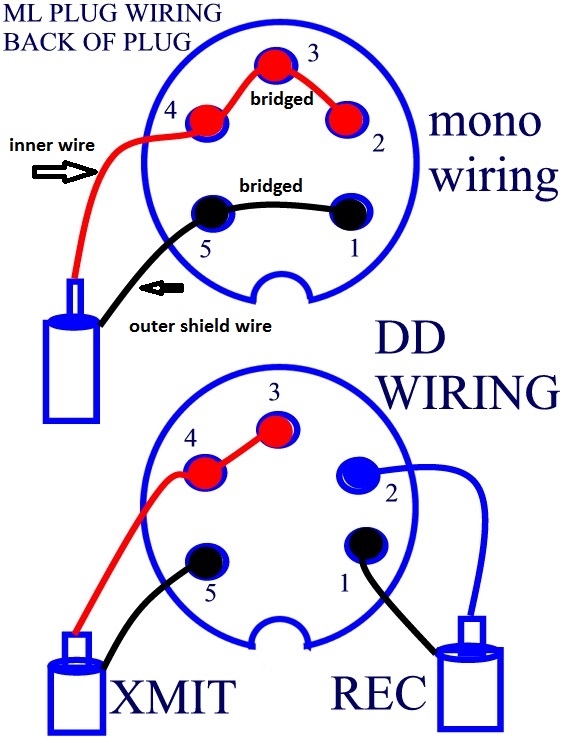I am not even sure if I am asking the right question, but here it is anyway:
Setup is separate Tx & Rx coils in a PI - MPP Rev E in this case.
Does it matter how the return paths are interconnected or not?
For me that would make at least the difference of having to get either 3 or 4 pronged plugs/sockets.
What are your experiences with this?
Nearly forgot, what is more prone to ground loops?
Hope the drawing conveys what I mean:

Setup is separate Tx & Rx coils in a PI - MPP Rev E in this case.
Does it matter how the return paths are interconnected or not?
For me that would make at least the difference of having to get either 3 or 4 pronged plugs/sockets.
What are your experiences with this?
Nearly forgot, what is more prone to ground loops?
Hope the drawing conveys what I mean:



 B & B Electronics, RS-422 AND RS-485 APPLICATIONS EBOOK, Shielding: If shielded cable is used, the shield should be grounded at one end only, preferably to earth ground.
B & B Electronics, RS-422 AND RS-485 APPLICATIONS EBOOK, Shielding: If shielded cable is used, the shield should be grounded at one end only, preferably to earth ground.
Comment